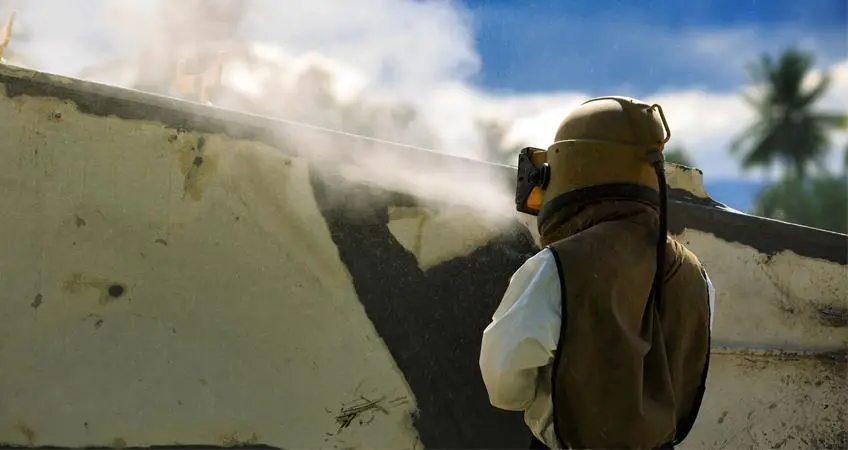Safety Consideration for Sandblasting
Safety Consideration for Sandblasting

During sandblasting, the operators need to take responsible care of the health and safety of themselves and others. Therefore, in addition to wearing a basic personal protective suit, including safety goggles, respirators, work clothes, and helmets specially designed and inspected in the manufacturing process, it is also necessary to learn more of the potential hazards that may occur in the sandblasting process and the safety precautions against the hazards, to avoid the occurrence of hazards. This article will give you detailed information about potential hazards.
Sandblasting Environment
Before sandblasting, the site of sandblasting shall be inspected. First, eliminate the risk of tripping and falling. You need to check the sandblasting area for unnecessary items that may cause slipping and tripping. Furthermore, it is necessary to prohibit activities endangering the work of the operator, such as eating, drinking, or smoking in the sandblasting area, because abrasive particles can cause serious respiratory diseases and other health hazards.

Sandblasting Equipment
Sandblasting equipment generally includes hoses, air compressors, sandblasting pots, and nozzles. To begin with, check whether all equipment can be used normally. If it is not, the equipment needs to be replaced immediately. Moreover, more importantly, you should check whether the hoses have cracks or other damages. If the cracked hose is used in the sandblasting, the abrasive particles may hurt the operator and other staff. Although there are no completely harmless abrasive particles, we can choose less toxic abrasive materials to reduce the damage to the operator's health. You need to maintain breathing filters and carbon monoxide monitors every time to confirm that the area is properly ventilated to reduce the overall toxicity of the blasting environment. Additionally, you should ensure protective gear is available, which protects you from damages.
Air Contaminants

Sandblasting is a surface preparation method that produces a lot of dust. Depending on the blasting medium used and the surface materials worn by blasting, the operators may expose to different air contaminants, including barium, cadmium, zinc, copper, iron, chromium, aluminum, nickel, cobalt, crystalline silica, amorphous silica, beryllium, manganese, lead, and arsenic. Therefore, it is quite important to wear personal protective gear correctly.
Ventilation System
If there is no ventilation system during sandblasting, dense dust clouds will be formed in the working site, resulting in reduced visibility of the operator. It will not only increase the danger but also reduce the efficiency of sandblasting. Therefore, it is necessary to use a well-designed and well-maintained ventilation system for the safety and work efficiency of operators. These systems provide adequate ventilation to help prevent dust accumulation in confined spaces, improve operator visibility, and reduce the concentration of air pollutants.
Exposure to Elevated Sound Levels
No matter what equipment is used, sandblasting is a noisy operation. To accurately determine the sound level to which the operator will be exposed, the noise level shall be measured and compared with the hearing damage standard. According to the occupational noise exposure, all operations shall be provided with adequate hearing protectors.













